SZ's biodiversity via Colombian biologist's lens
Writer: Wang Haolan | Editor: Zhang Chanwen | From: Shenzhen Daily | Updated: 2022-10-10
A+ A- Print
SZ’s biodiversity via Colombian biologist’s lens
Editor’s Note
编者按
Shenzhen Daily has joined hands with the Information Office of Shenzhen Municipal People's Government to launch a series of reports titled “Decade of Transformation,” to tell the story of Shenzhen in the eyes of expats. Rafael Saavedra, a popular YouTuber who has been living and working in China for seven years, will host the series, showing you Shenzhen, a dynamic and energetic city from the perspective of 60 expats. This is the first story of the series.
由深圳市人民政府新闻办公室与英文《深圳日报》(Shenzhen Daily)共同策划推出的系列全媒体国际传播作品《我们这10年:湾区老外说变化(Decade of Transformation)》今日将在各大主流媒体和互联网平台正式上线,该系列将集中展示过去十年以来深圳在各个领域所取得的伟大成就。此次系列作品中,在中国工作和生活了七年的知名网络博主Rafael Saavedra将向大家介绍60位外籍人士,通过他们的脚步和镜头记录和观察一座行进中的中国年轻都市。敬请垂注!
Profile
人物简介
Isaac Cohen, a biologist from Colombia, has been recording through his camera lens the beautiful and colorful wildlife in Shenzhen since arriving in town in the summer of 2017.
Isaac Cohen是一位来自哥伦比亚的生物学家,于2017年来到深圳。从那时起,他就开始用手中的相机记录深圳丰富多彩的生物世界。
Colombian biologist Isaac Cohen records Shenzhen's biodiversity with his lens. Video by Liu Xudong and Wang Haolan
哥伦比亚生物学家Isaac Cohen用镜头记录“野性深圳”。刘旭东、王皓岚
人与自然和谐共处:
哥伦比亚生物学家镜头中的“野性深圳”
As an “international garden city,” Shenzhen is accelerating the construction of a national sustainable development agenda innovation demonstration zone, implementing the strictest ecological environmental protection system, to create a safe and efficient production space, a comfortable and livable living space, and an ecological space of lucid waters and blue sky.
作为“国际花园城市”,深圳正在加快建设国家可持续发展议程创新示范区,实行最严格的生态环境保护制度,为市民打造安全高效的生产空间、舒适宜居的生活空间、碧水蓝天的生态空间。
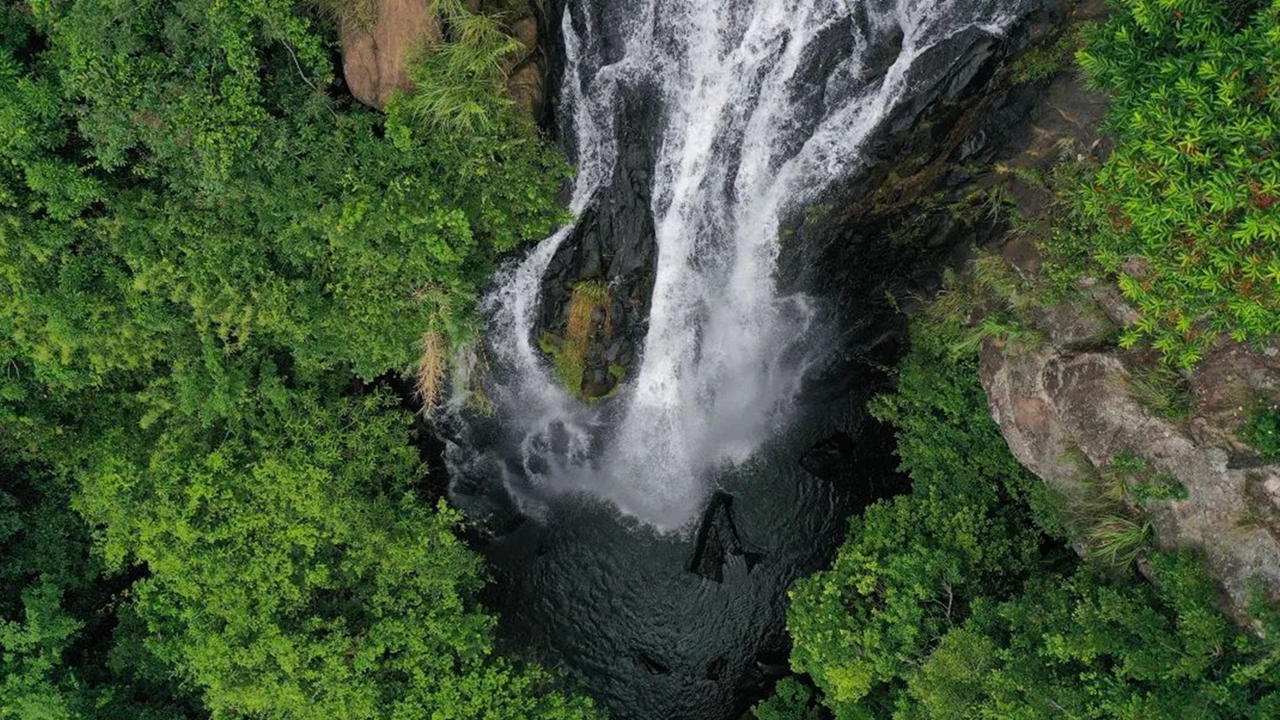
A bird's-eye view of Maluan Waterfall. Liu Xudong 马峦瀑布航拍图。刘旭东摄。
The coming of the autumn and winter seasons witnessed the return of migratory birds. On the mudflats near the Shenzhen Bay Park Metro Station, countless numbers of birds gathered and foraged at low tide, as did wildlife enthusiasts with their binoculars and telephoto cameras. Several expats, including Colombian biology teacher Isaac Cohen, were also among them. They nodded greetings to the local photographers and then joined them in hours of waiting and searching for the birds.
每到秋冬季节,深圳湾地铁站旁的河口聚满了迁徙的候鸟,也吸引了众多野生动物爱好者。在一众“长枪短炮”之中,几副外国面孔格外引人注目。与身旁的鸟友简单点头致意后,他们便拿出相机,投入到长达数个小时的等待与寻找之中。来自哥伦比亚的生物学家Isaac Cohen就是他们当中的一员。
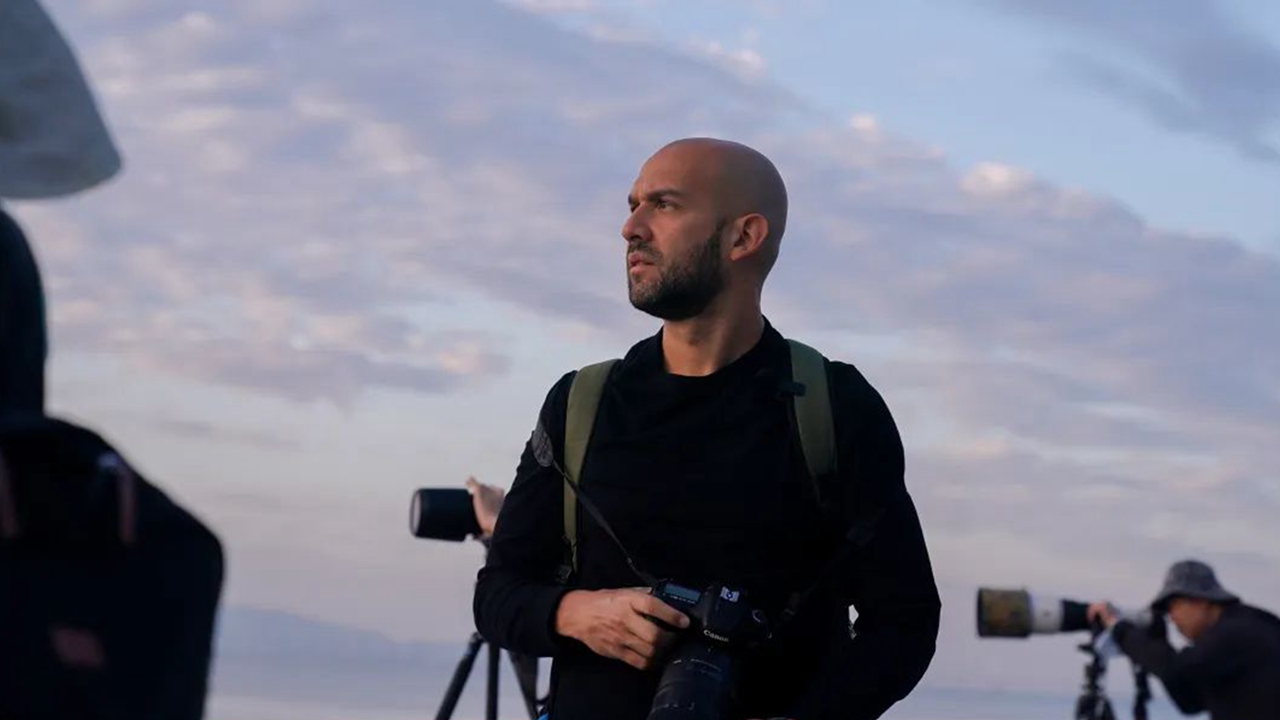
Isaac Cohen waits for the coming of migratory birds at Shenzhen Bay Park. Liu Xudong Isaac Cohen在深圳湾公园静待候鸟来临。刘旭东摄
In spite of being the rapidly developing and young metropolis that it is, Shenzhen is still home to a rich variety of animals and plants. According to a relevant investigation conducted by the Shenzhen Municipal Planning and Natural Resources Bureau, Shenzhen has recorded 585 species of terrestrial vertebral animals, including 15 species of the nation’s first-class protected animals, such as the pangolin, black-faced spoonbill and the small Indian civet, as well as 78 species of second-class protected animals including the white-throated kingfisher, Chinese hwamei, black-throated laughing thrush, collared scops owl, black kite, and the Western osprey. The city has also recorded a total of 2,086 species of terrestrial plants, including two species of the nation’s first-class protected plants and 33 species of second-class protected plants.
作为一座飞速发展的年轻现代化都市,深圳的野生动植物“家底”依然丰厚。根据深圳市野生动植物保护管理处开展的相关调查数据显示,深圳市目前共记录到本土陆域野生脊椎动物585种,共有穿山甲、黑脸琵鹭、小灵猫等国家一级重点保护野生动物15种,和白胸翡翠、画眉、黑喉噪鹛、领角鸮、黑耳鸢、鹗等国家二级重点保护野生动物78种;深圳目前记录到的维管植物2086种,包括仙湖苏铁、紫纹兜兰两种国家一级重点保护野生植物,以及国家二级重点保护野生植物33种。
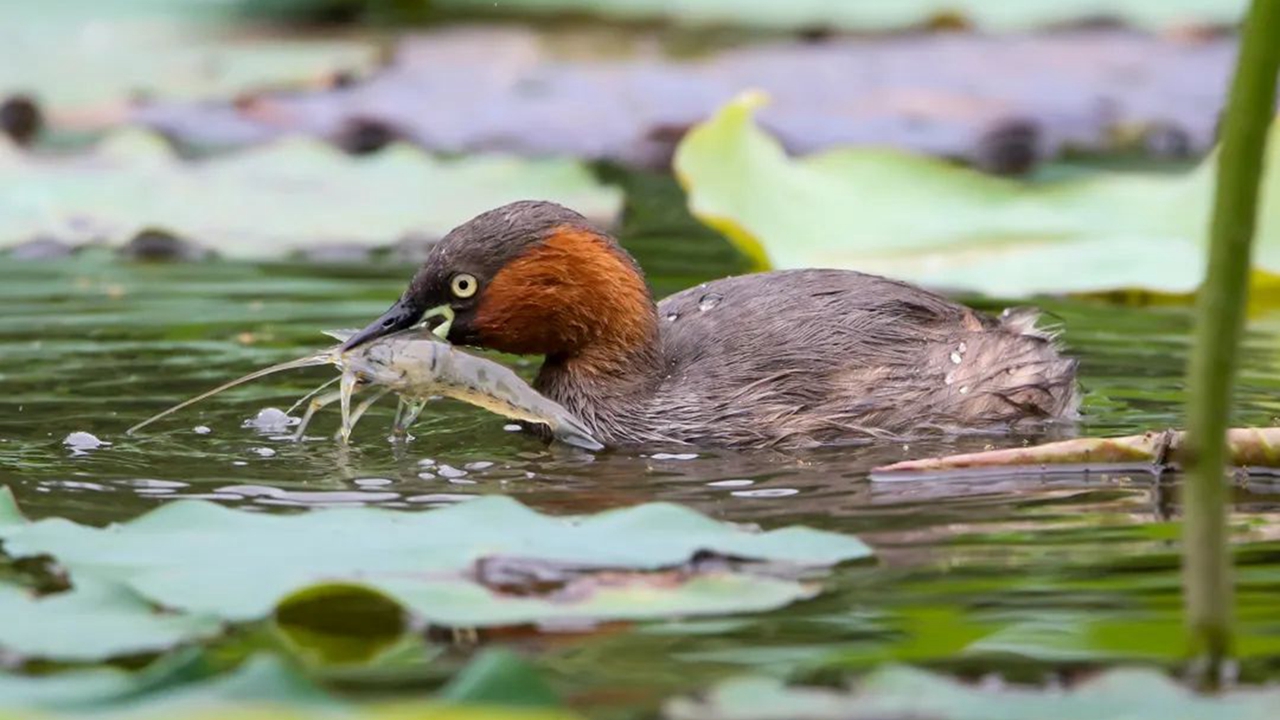
A little grebe swims with a shirmp in its beak in Honghu Park. Isaac Cohen 洪湖公园湖中的小鸊鷉,嘴里衔着一只虾。Isaac Cohen摄
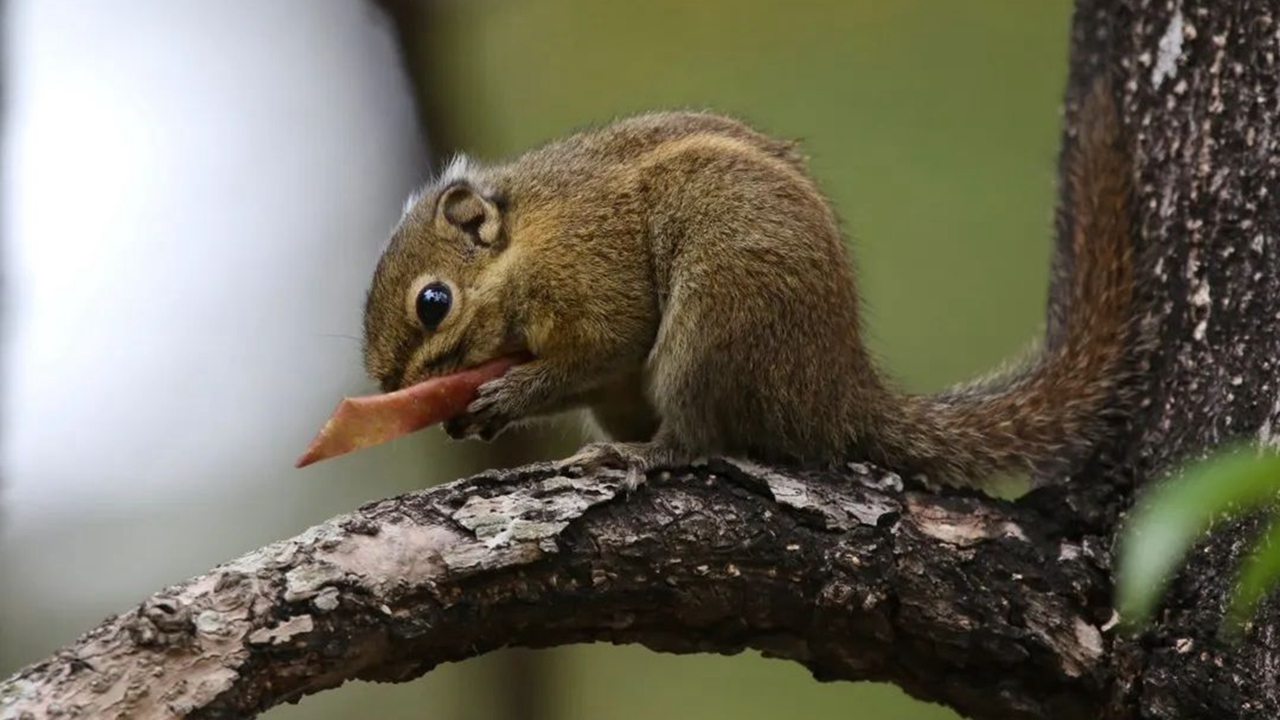
A maritime squirrel at Lianhua Hill Park. Isaac Cohen 莲花山公园的倭花鼠。Isaac Cohen摄
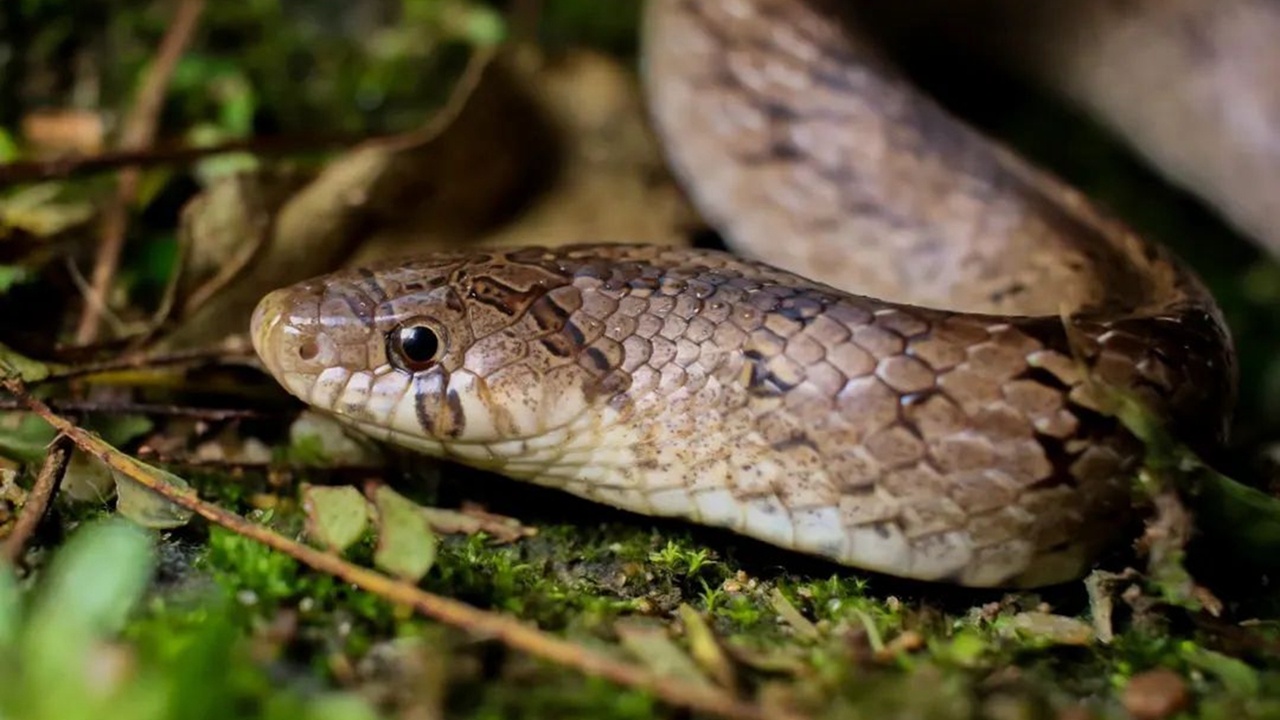
A Taiwan kukri snake at Bijia Hill Park. Isaac Cohen 笔架山的台湾小头蛇。Isaac Cohen摄
Cohen also keeps posting photos and articles on his social media account and on local media outlets, educating citizens on ecological equilibrium, bird migration, water resources conservation and released animals. His articles and photos also get published on the Shenzhen channel of the “Xuexi.cn” app starting last November, which is the first time for an expat in Shenzhen to open a column on the platform.
这些年,Cohen坚持在自己的社交账号与本地媒体上刊登照片与连载文章,向读者科普生态平衡、候鸟迁徙、水资源保护及科学放生等知识。Cohen于去年11月1日登上“学习强国”APP深圳学习平台,成为深圳首位在“学习强国”平台上开辟专栏的外籍人士。

Cohen searches for animals with his telephoto camera in Baguang. Liu Xudong Cohen在坝光用长焦相机拍摄动物。刘旭东摄
Cohen shares his feelings towards the achievements Shenzhen has gained in the protection of ecological environment and nature education. “The relationship between Shenzhen and its natural environment has become more apparent in recent years, and I have learned that people here are becoming more interested in exploring nature,” said Cohen. “Many parents choose to take their children to nature education camps and observe plants and animals, which is very nice to see. Human civilization is now embracing a new developmental stage, marked by an increasing awareness of the need for ecological and environmental protection. We should protect biodiversity, in a bid to protect the earth, which is our home.”
谈起深圳近年来大力建设生态文明,发展自然教育的成果,Cohen感触良多:“这几年来,深圳野生动植物越来越走近我们的生活,我发现周围的人们对于探索自然的渴望更加强烈,很多家长带着孩子去户外露营,观察生物,这是一个非常欣喜的变化,人类的生态友好意识增强是人类文明发展的一个全新阶段。保护生物多样性不只是在保护地球,更是在保护人类赖以生存的栖息地。”
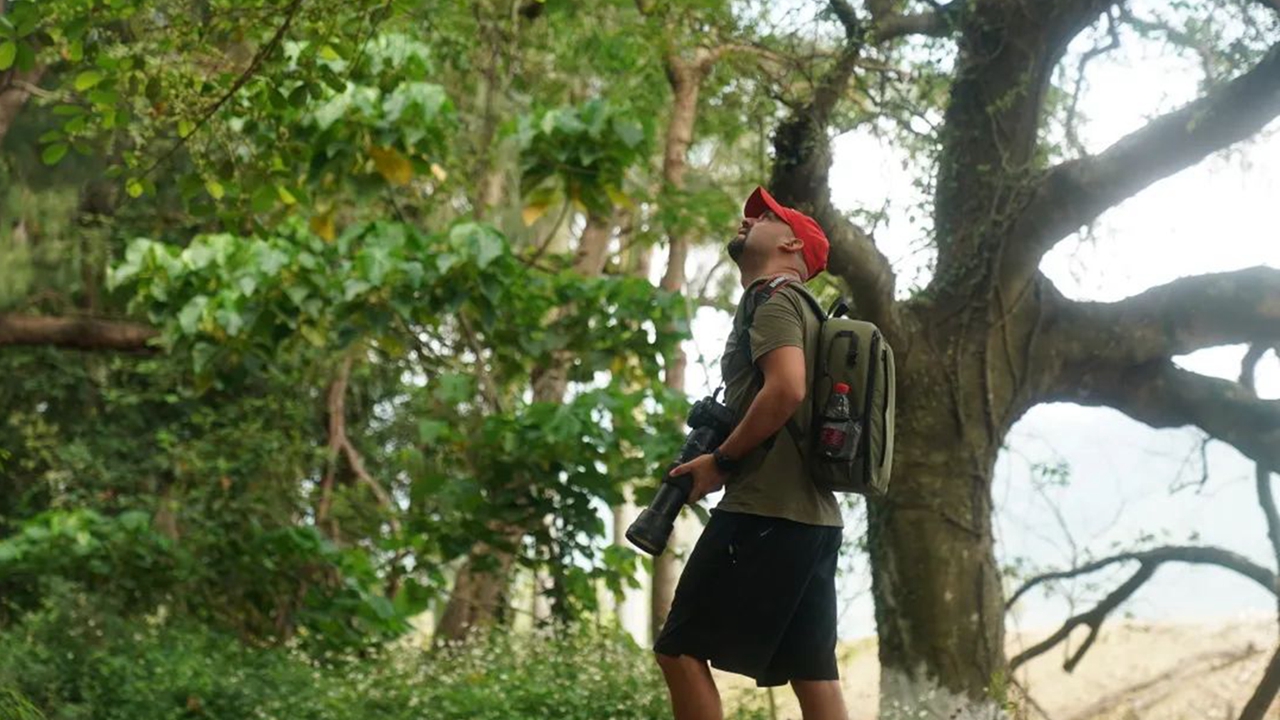
Cohen during his visit to Baguang. Liu Xudong Cohen探索坝光。刘旭东摄